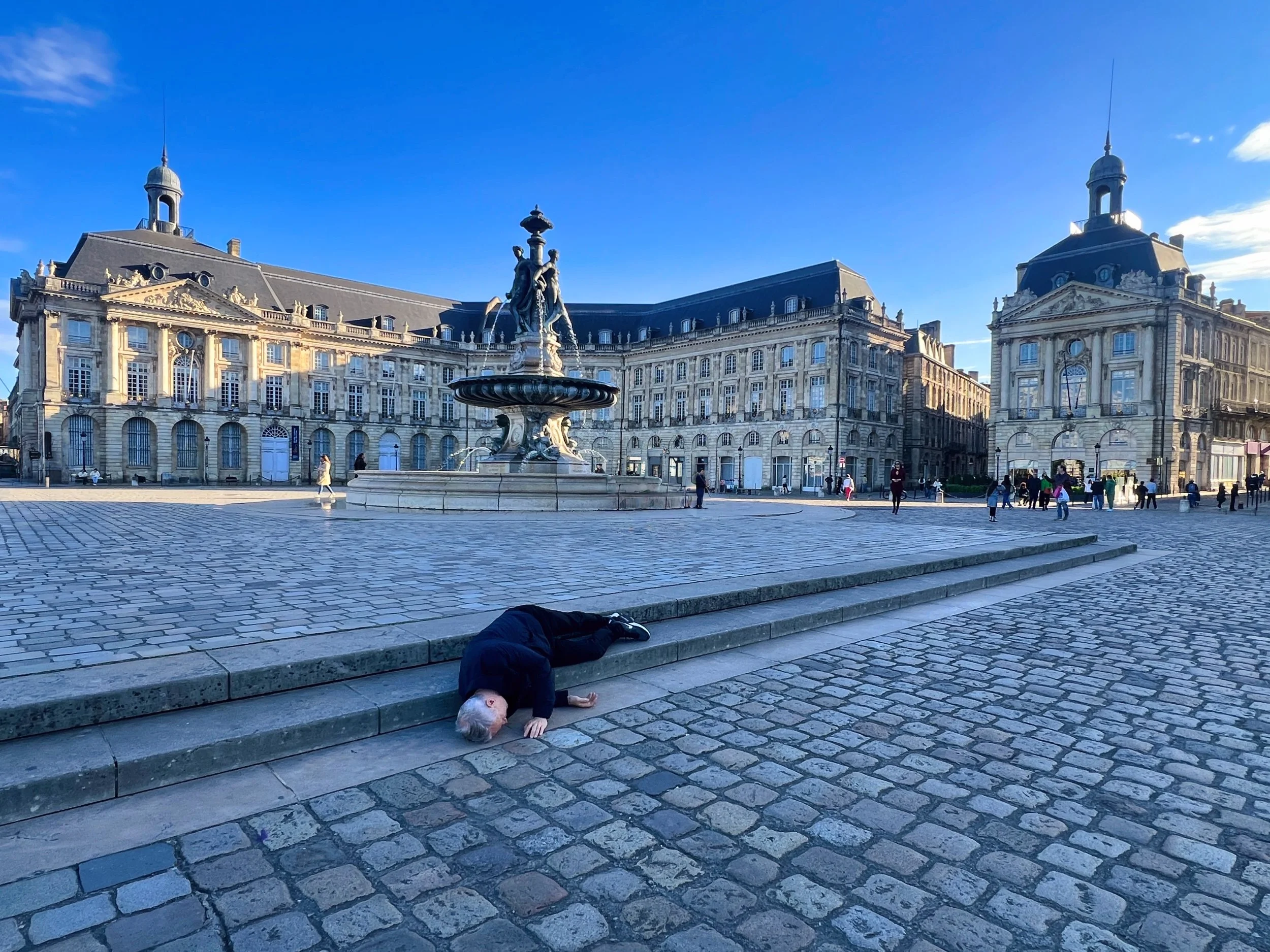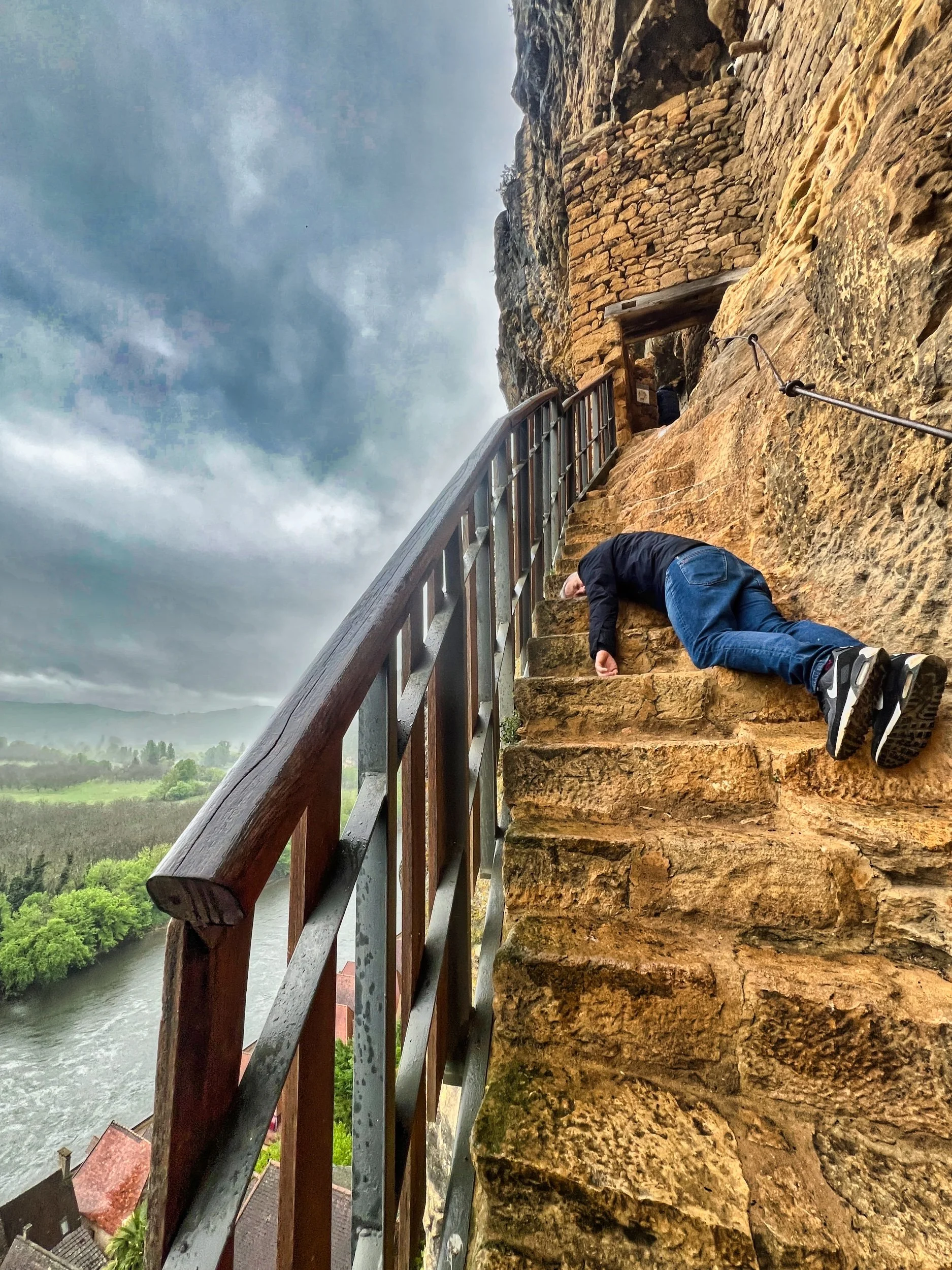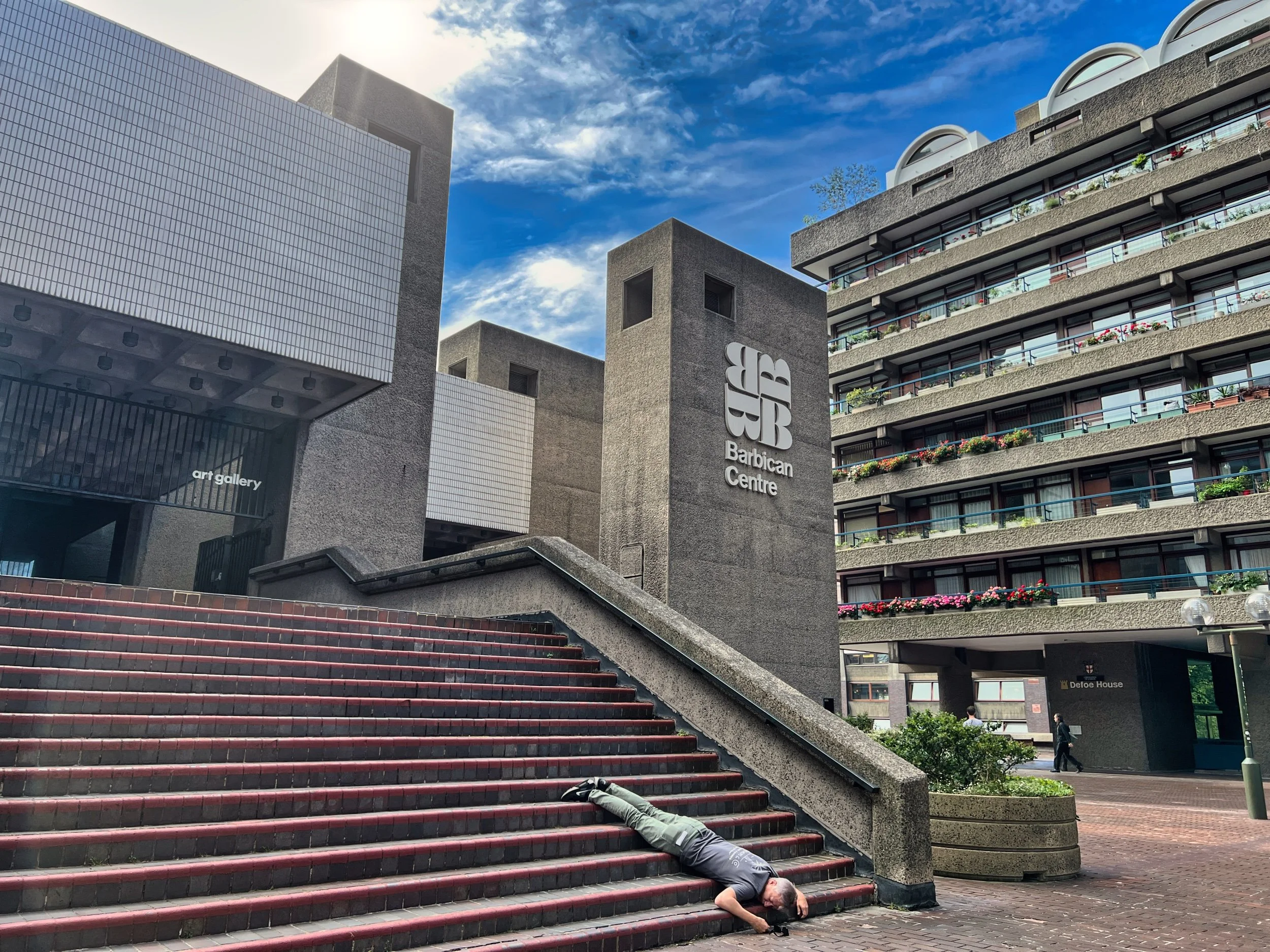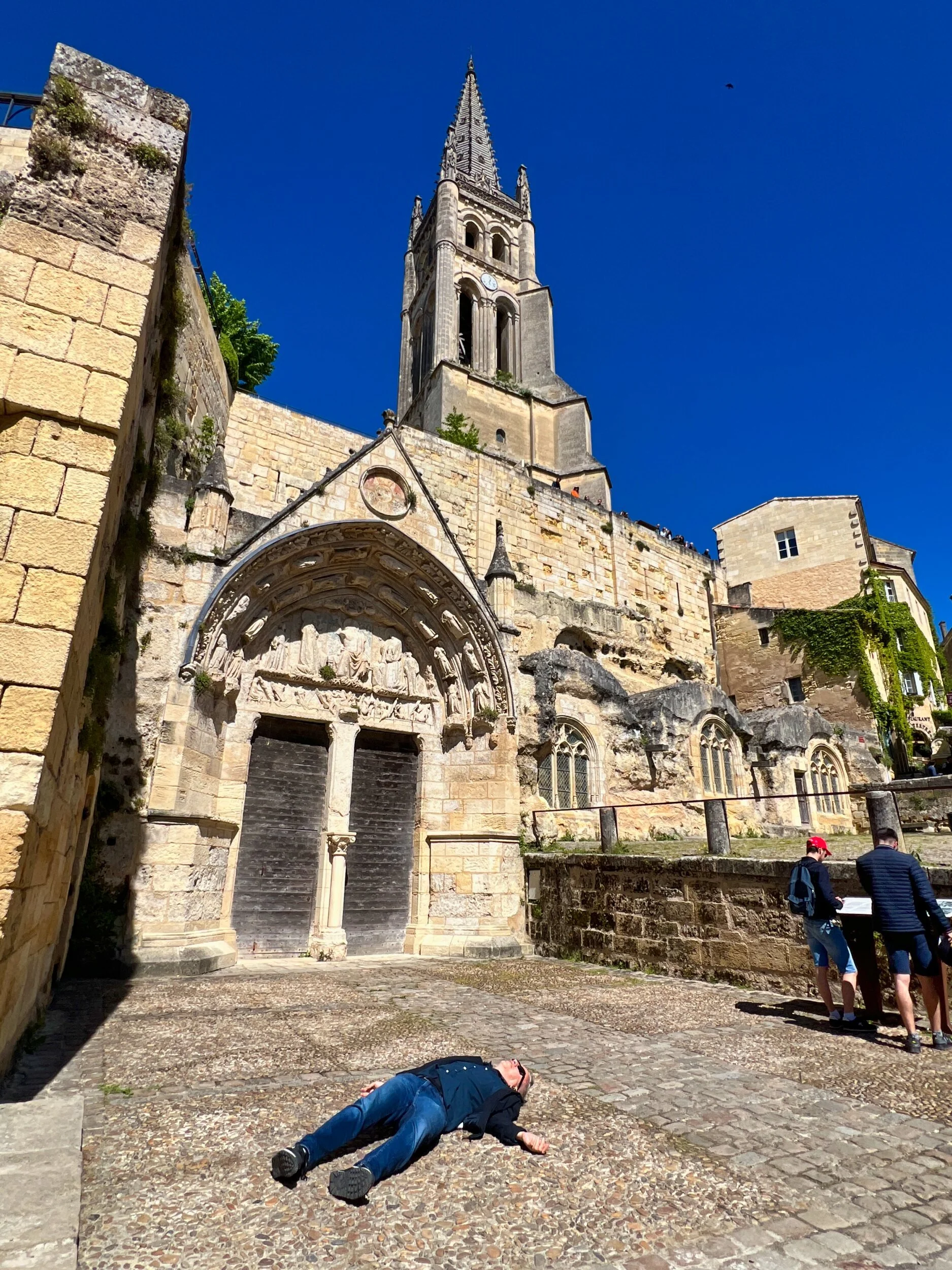Chania is one of Crete’s most picturesque cities, known for its Venetian harbor, colorful waterfront buildings, and maze of narrow streets. It offers a blend of Greek, Venetian, and Ottoman heritage, making it a captivating destination for travelers.
Read MoreThe Victory Column (Siegessäule) is one of Berlin’s most recognizable monuments, built to commemorate the Prussian victories in the Danish-Prussian War, the Austro-Prussian War, and the Franco-Prussian War. Today, it stands as both a historical landmark and a panoramic viewpoint over the city.
Read MoreLovrijenac, also known as St. Lawrence Fortress, is a striking defensive fortification located on a 37-meter-high cliff outside Dubrovnik’s western walls. It has played a key role in the city’s maritime defense since the Middle Ages and is now one of its most emblematic landmarks.
Read MorePlace de la Bourse is a masterpiece of French classical architecture, located in Bordeaux on the banks of the Garonne River. Built in the 18th century, it symbolizes the city’s prosperity and is one of its most photographed landmarks.
Read MoreSkansen is both the oldest open-air museum and a zoo, situated in Stockholm’s Djurgården. Founded in 1891 by Artur Hazelius, its immersive exhibits preserve Swedish rural life through centuries of history.
Read MoreSkënduli House is a well-preserved Ottoman-era mansion in Gjirokastra, Albania. Built in the early 19th century, it features distinctive stone architecture and traditional interiors that reflect the lifestyle of wealthy families of the time.
Read MoreChâteau de Nyon is a medieval fortress overlooking Lake Geneva, known for its white towers and panoramic views. Dating back to the 12th century and renovated in the 18th century, today it functions as a museum displaying Nyon’s rich history and porcelain heritage.
Read MoreLa Roque‑Gageac is one of the most beautiful villages in France, dramatically nestled between steep limestone cliffs and the Dordogne River. Its golden-stone houses, tropical gardens, and riverside quays make it a favorite destination for travelers seeking history and natural beauty.
Read MoreThe Kursaal is a modern architectural complex in San Sebastián, designed by Spanish architect Rafael Moneo and inaugurated in 1999. It serves as a hub for conferences, concerts, and cultural events, and has become one of the city’s most recognizable landmarks.
Read MoreCité du Vin is a unique cultural facility in Bordeaux dedicated entirely to the heritage and culture of wine. Opened in 2016, its striking modern architecture and immersive exhibitions make it a world reference for wine tourism and education.
Read MoreThe Barbican Centre is one of London’s most significant cultural complexes, renowned for its Brutalist architecture and diverse programming. Opened in 1982, it houses theatres, concert halls, cinemas, galleries, and public spaces, making it a cornerstone of the city’s performing arts and cultural life.
Read MoreEl Parrisal is a dramatic limestone canyon carved by the Matarraña River, known for its turquoise pools, wooden walkways, and striking vertical cliffs. It’s one of the region’s most popular hiking destinations, offering a combination of natural beauty and outdoor adventure.
Read MoreSes Illetes is a stunning Mediterranean beach located on the northern tip of Formentera. Renowned for its fine white sand, transparent turquoise sea, and protected natural surroundings, it's consistently listed among Europe’s most beautiful beaches and a must‑visit summer destination.
Read MoreThe Brandenburg Gate is a monumental neoclassical city gate in central Berlin. Built between 1788 and 1791 by architect Carl Gotthard Langhans, it originally served as a grand entrance to the city. Over centuries it witnessed historic moments—from Napoleon’s triumphal entry and WWII damage, to standing at the heart of the Berlin Wall
Read MoreThe Elogio del Horizonte is a monumental concrete sculpture by Eduardo Chillida, completed in 1989 and installed on Gijón’s Cerro de Santa Catalina. Intended as a frame for the Cantabrian Sea, it has become an enduring symbol of the city.
Read MoreAbbey Road is a famous street in London’s St John’s Wood, best known for its pedestrian crossing featured on The Beatles’ 1969 album cover. Outside the renowned Abbey Road Studios, the crossing has become a global pilgrimage site for music fans and pop culture enthusiasts.
Read MoreThe Monolithic Church of Saint-Émilion is an extraordinary underground church carved in the 11th–12th centuries directly into a limestone cliff. Located beneath the historic centre of Saint-Émilion, it stands as Europe’s largest rock‑hewn church and remains a powerful testament to medieval religious devotion and architectural ingenuity
Read MoreThe Pyramid of Tirana is an iconic brutalist structure in Albania's capital, originally built in 1988 as a museum to Enver Hoxha. After serving various functions—including conference center, NATO base, nightclub, and broadcasting hub—it was revitalized in 2023 into a youth IT and cultural center, complete with vibrant public spaces and colorful box-like addition
Read More
















